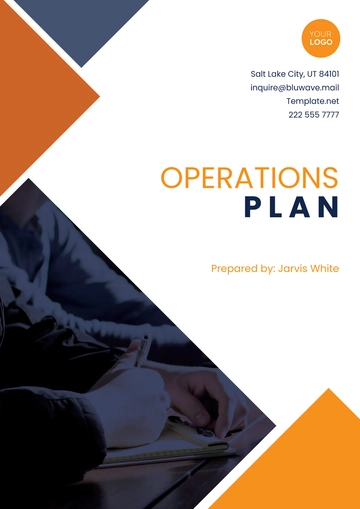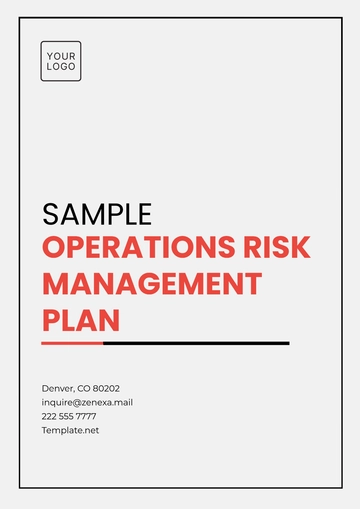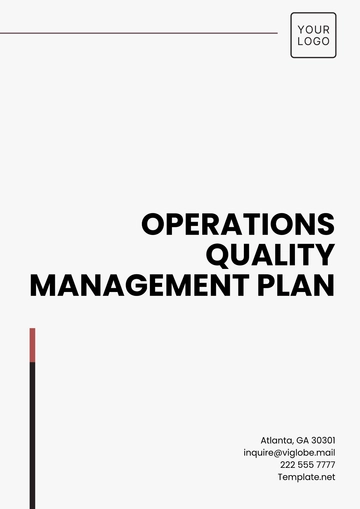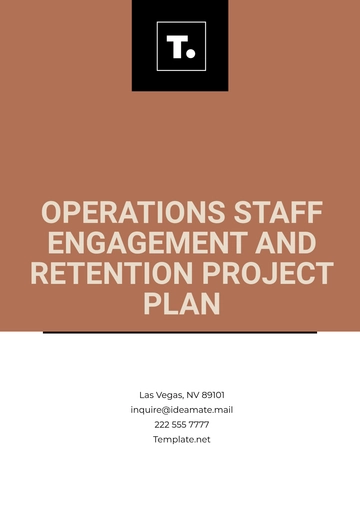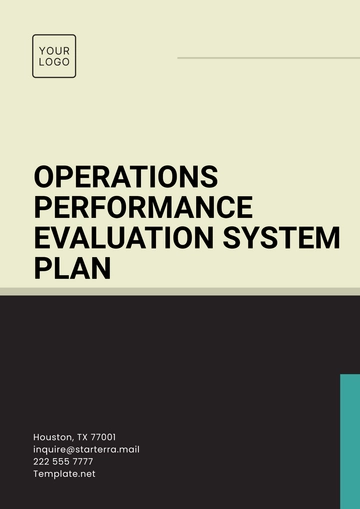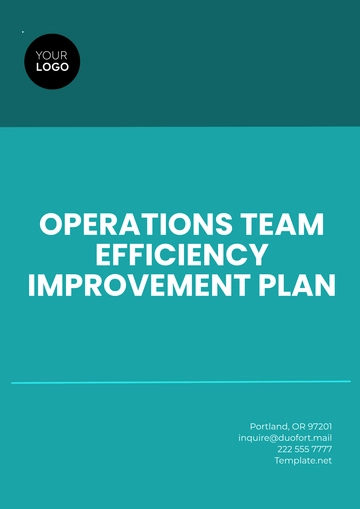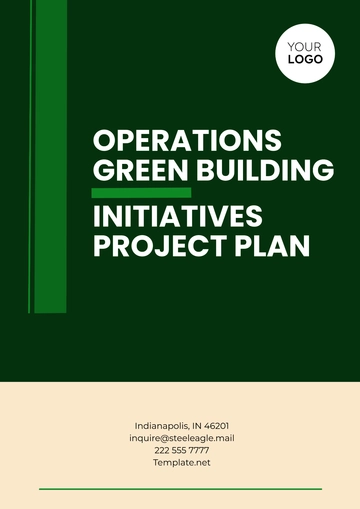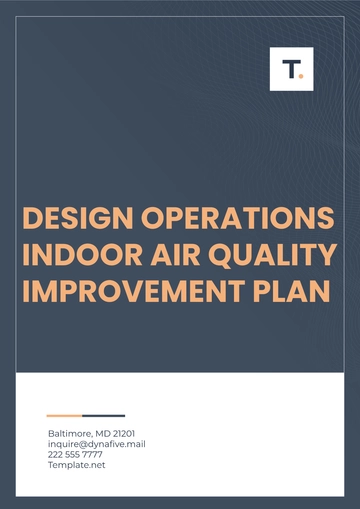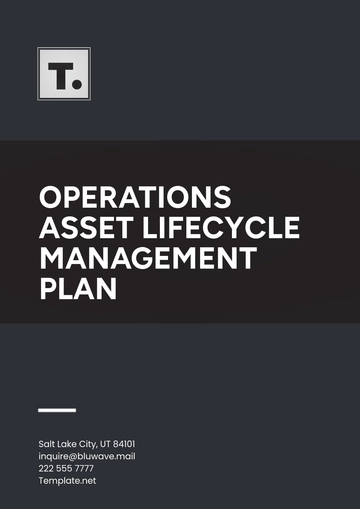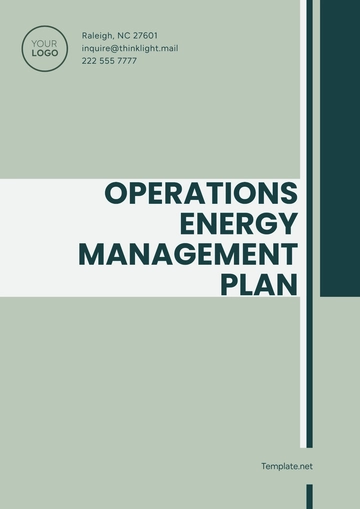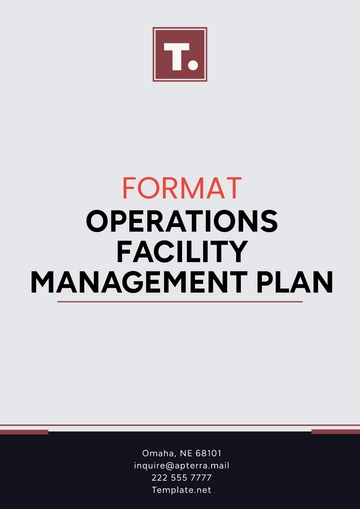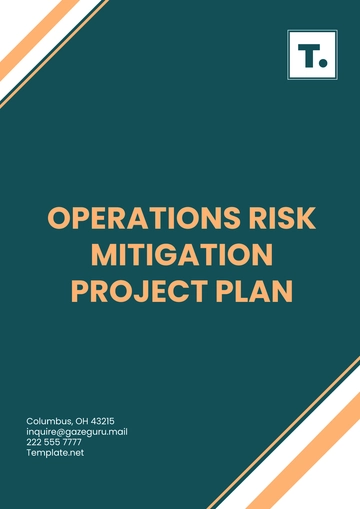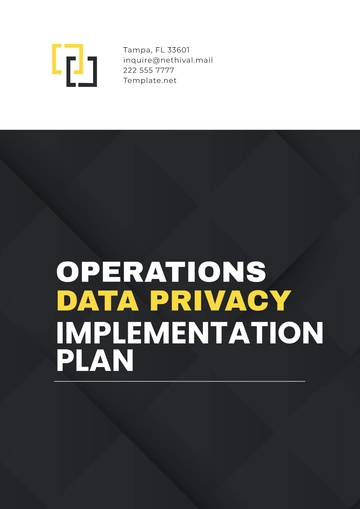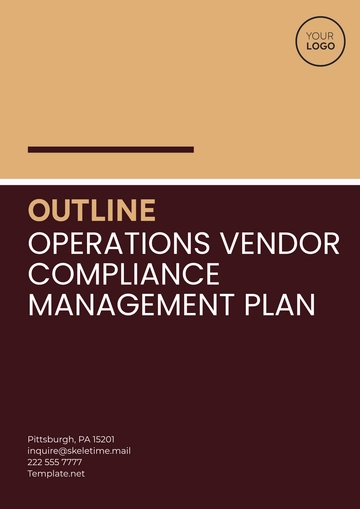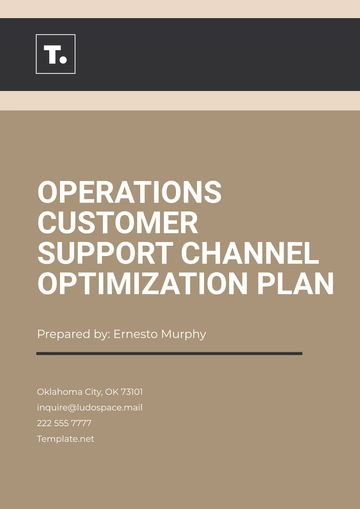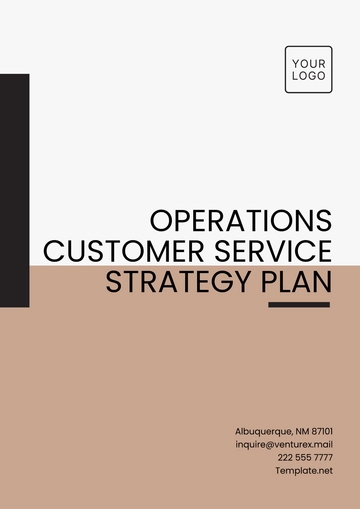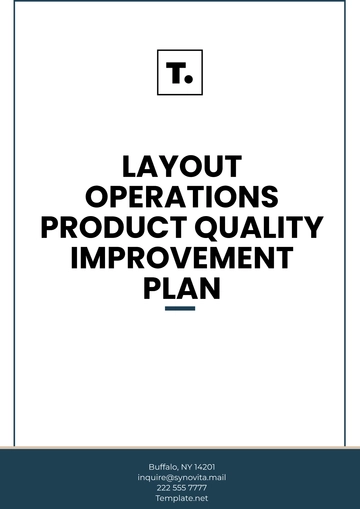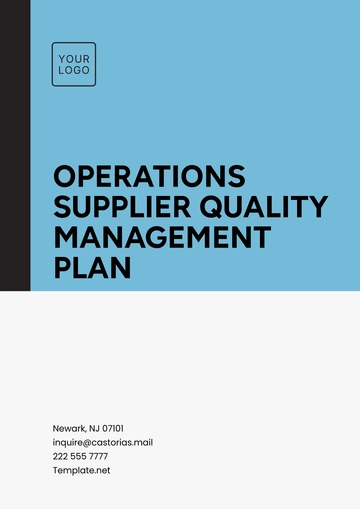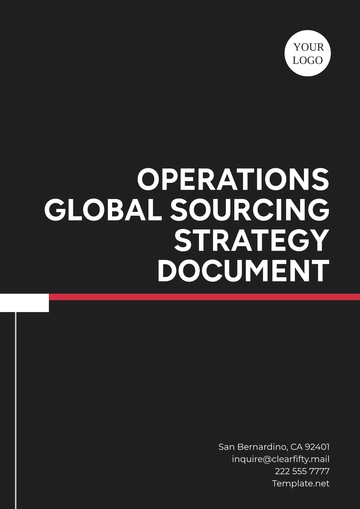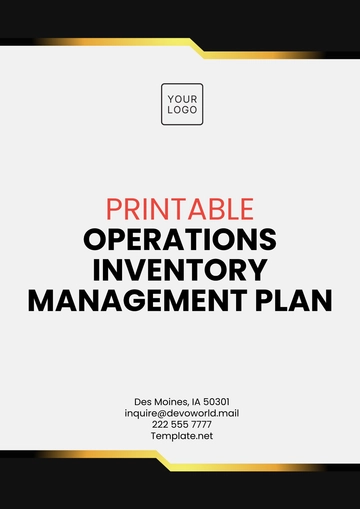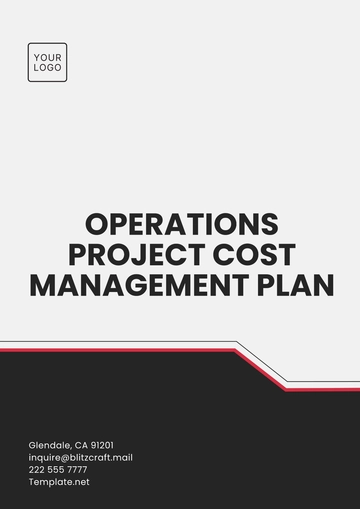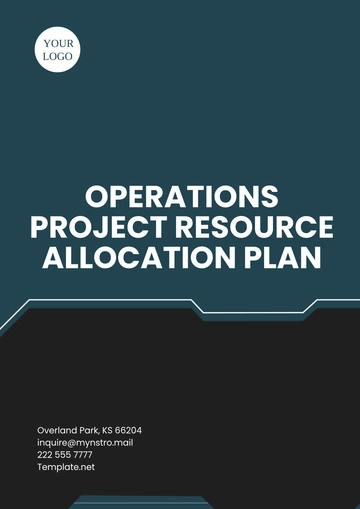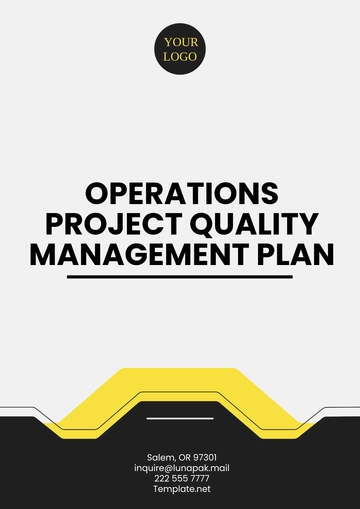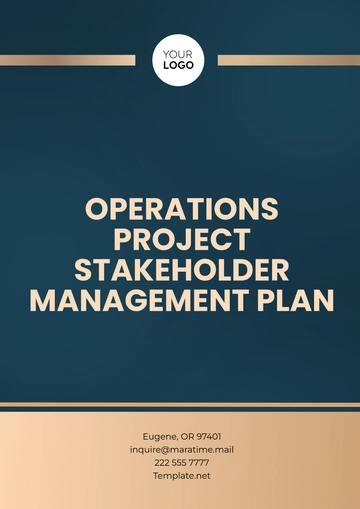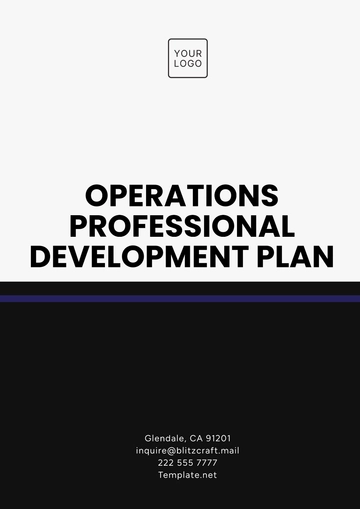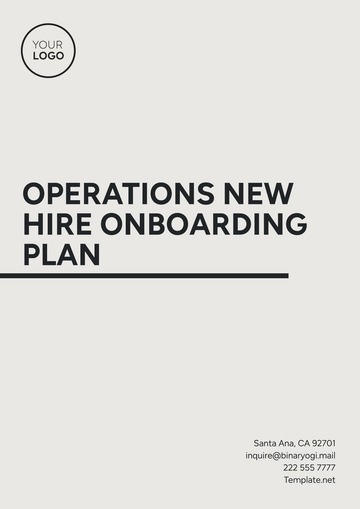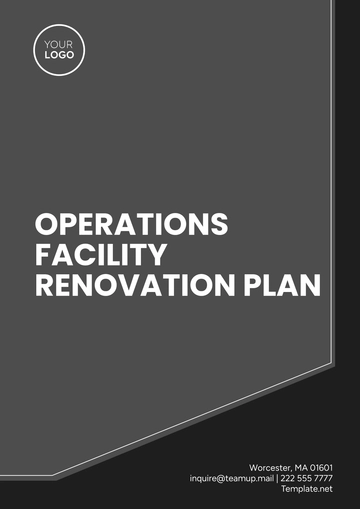Free Administration Procurement Plan
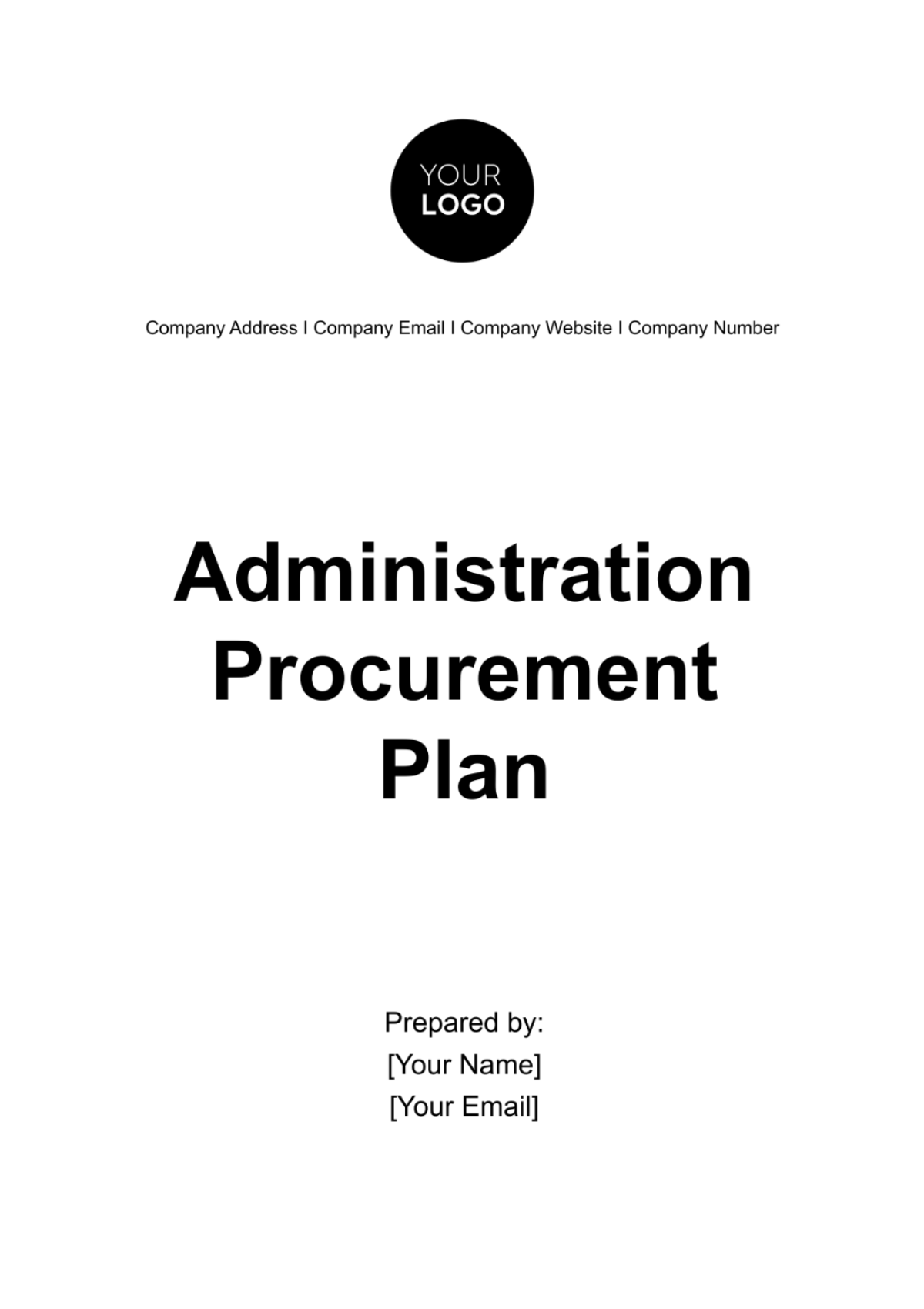
A. Introduction
The following Administration Procurement Plan has been meticulously prepared with a strategic standpoint to serve as an important guiding document for the procurement activities that our organization undertakes. This carefully devised plan puts a strong, competent framework into operation. The principal benefit of this framework is to allow us to acquire goods, services, or works in an efficient manner and such acquisitions are critical for our organization to reach the objectives we have set. This procurement plan encapsulates a wide and comprehensive context of the procurement activities and provides a concise summary of these activities within the plan itself. Thus, this plan becomes a necessary tool for us to understand the breadth and depth of our procurement activities.
B. Procurement Objectives and Goals
At [Your Company Name], our procurement objectives and goals are strategically aligned with our overarching organizational mission. We prioritize the following key objectives to ensure the effectiveness and efficiency of our procurement processes:
Firstly, we aim to streamline procurement operations to enhance agility and responsiveness while optimizing resource utilization.
Secondly, we focus on fostering strategic partnerships with suppliers to drive innovation, quality, and value across our supply chain.
By prioritizing transparency, sustainability, and compliance, we strive to achieve cost savings, mitigate risks, and ultimately support the success and growth of our organization.
C. Scope of Procurement
The scope of procurement includes the acquisition of goods, services, and works necessary for our ongoing projects. These encompass the procurement of office supplies, technical equipment, consultancy services, project materials, and outsourced services. All items required within this plan adhere to our established quality, quantity, and specification standards.
D. Procurement Methods
Our procurement process is designed to leverage a variety of acquisition methods, strategically chosen to ensure cost-effectiveness and alignment with the complexities of our requirements. Depending on the nature and scope of each procurement activity, we utilize the following methods:
Procurement Method | Description | Rationale | Procedure |
1. Competitive Bidding | Competitive bidding involves inviting multiple vendors to submit bids or proposals for supplying goods, services, or works. | We opt for competitive bidding when the procurement requirements are well-defined and there is a competitive market for the desired goods or services. | The process typically includes publishing a solicitation, receiving and evaluating bids, and awarding the contract to the most suitable bidder based on predefined evaluation criteria. |
2. Request for Proposals (RFP) | An RFP is a formal invitation to vendors to submit detailed proposals outlining how they will meet our specific requirements. | We utilize the RFP method for procurements that involve complex or specialized requirements, where a detailed proposal is necessary to evaluate vendors' capabilities and solutions. | The process involves issuing a comprehensive RFP document, conducting vendor discussions or clarifications as needed, evaluating proposals against predefined criteria, and negotiating terms with selected vendors. |
3. Sole Sourcing | Sole sourcing, or single-source procurement, involves selecting a single vendor or supplier without competitive bidding. | Sole sourcing is justified when there is only one vendor capable of meeting our requirements, such as when proprietary technology or expertise is required, or when urgent circumstances necessitate expedited procurement. | The decision to sole source is carefully justified and documented, taking into account factors such as vendor qualifications, past performance, and the availability of alternative sources. Transparency and fairness in vendor selection are maintained through rigorous evaluation and justification processes. |
E. Procurement Schedule and Timeline
The timeline for our procurement activities is aligned with our project schedules and funding constraints. Detailed below is an example of a procurement schedule:
Task | Start Date | End Date |
|---|---|---|
Pre-bidding conference | [Month, Day, Year] | [Month, Day, Year] |
F. Budget and Financing
Our Budget and Financing section elucidates the financial framework for our procurement endeavors. It meticulously allocates resources, delineates funding sources, and outlines financing mechanisms. This ensures judicious utilization of funds in alignment with our organizational goals and in compliance with US financial regulations.
The table below presents a breakdown of estimated costs for various procurement activities, providing insight into the allocation of resources and funding sources.
Item | Estimated Cost (USD) |
|---|---|
Equipment Purchase | $50,000 |
G. Risk Management
At [Your Company Name], we prioritize risk identification and management within our procurement practices to safeguard against potential disruptions and uncertainties. Our comprehensive approach encompasses the following key aspects:
1. Risk Identification
We diligently identify potential risks associated with procurement activities, including supplier reliability, logistical challenges, regulatory changes, and currency fluctuations.
2. Risk Assessment
Our team assesses the likelihood and potential impact of each identified risk, considering factors such as probability, severity, and vulnerability.
3. Risk Mitigation Strategies
We develop proactive strategies and processes to mitigate identified risks, ensuring continuity of operations and minimizing adverse effects.
4. Protocol Implementation
Protocols are established and implemented to manage identified risks effectively, including contingency plans, contractual safeguards, and alternative supplier arrangements.
5. Continuous Improvement
We continuously review and refine our risk management strategies and processes, incorporating lessons learned and adapting to evolving market conditions and regulatory requirements.
H. Supplier Selection Criteria
The procedure that we use to choose our suppliers has been meticulously designed, with one primary aim: to ascertain that we acquire goods and services that are of high caliber. There are multiple factors that we bear in mind during the evaluation period. Not only do we take into account the competitiveness of the price of the goods or services, but we also consider the quality of the items delivered, being particular about their deliverables. The supplier's punctuality in delivering supplies, as denoted by the delivery time, is another factor of great importance to us. In addition to these points, we consider the reputation of our prospective suppliers, as well as their compliance with legal and regulatory standards.
Thanks to our structured and organized selection process, we are able to select suppliers in a manner that stands out for its fairness, transparency, and objectivity, thereby reinforcing the integrity of our supplier selection procedure.
I. Contract Management
The management of contracts pertains to a highly critical aspect within our procurement process. It significantly entails detailed and meticulous drafting, comprehensive and assertive negotiation, as well as expertly handling the management side of contracts with our suppliers. To indeed ensure an efficient and effective contract management procedure, it is extremely crucial to have clearly outlined roles and corresponding responsibilities for both contract managers and procurement officers. This guarantees that the process runs smoothly and meets all organizational goals and requirements.
J. Monitoring and Evaluation
We regularly monitor the progress and performance of our procurement activities. Key performance indicators include the percentage of contracts awarded on time, percentage of deliveries on time, and percent of purchases from minority-owned businesses. This rigorous evaluation allows us to continuously improve our procurement process.
- 100% Customizable, free editor
- Access 1 Million+ Templates, photo’s & graphics
- Download or share as a template
- Click and replace photos, graphics, text, backgrounds
- Resize, crop, AI write & more
- Access advanced editor
Optimize your procurement strategy with the Administration Procurement Plan Template from Template.net. This editable and customizable template helps outline your purchasing objectives, timelines, and criteria for vendor selection, ensuring a comprehensive approach to procurement. Streamline your sourcing process, making it easily adaptable in our Ai Editor Tool for strategic procurement planning.
You may also like
- Finance Plan
- Construction Plan
- Sales Plan
- Development Plan
- Career Plan
- Budget Plan
- HR Plan
- Education Plan
- Transition Plan
- Work Plan
- Training Plan
- Communication Plan
- Operation Plan
- Health And Safety Plan
- Strategy Plan
- Professional Development Plan
- Advertising Plan
- Risk Management Plan
- Restaurant Plan
- School Plan
- Nursing Home Patient Care Plan
- Nursing Care Plan
- Plan Event
- Startup Plan
- Social Media Plan
- Staffing Plan
- Annual Plan
- Content Plan
- Payment Plan
- Implementation Plan
- Hotel Plan
- Workout Plan
- Accounting Plan
- Campaign Plan
- Essay Plan
- 30 60 90 Day Plan
- Research Plan
- Recruitment Plan
- 90 Day Plan
- Quarterly Plan
- Emergency Plan
- 5 Year Plan
- Gym Plan
- Personal Plan
- IT and Software Plan
- Treatment Plan
- Real Estate Plan
- Law Firm Plan
- Healthcare Plan
- Improvement Plan
- Media Plan
- 5 Year Business Plan
- Learning Plan
- Marketing Campaign Plan
- Travel Agency Plan
- Cleaning Services Plan
- Interior Design Plan
- Performance Plan
- PR Plan
- Birth Plan
- Life Plan
- SEO Plan
- Disaster Recovery Plan
- Continuity Plan
- Launch Plan
- Legal Plan
- Behavior Plan
- Performance Improvement Plan
- Salon Plan
- Security Plan
- Security Management Plan
- Employee Development Plan
- Quality Plan
- Service Improvement Plan
- Growth Plan
- Incident Response Plan
- Basketball Plan
- Emergency Action Plan
- Product Launch Plan
- Spa Plan
- Employee Training Plan
- Data Analysis Plan
- Employee Action Plan
- Territory Plan
- Audit Plan
- Classroom Plan
- Activity Plan
- Parenting Plan
- Care Plan
- Project Execution Plan
- Exercise Plan
- Internship Plan
- Software Development Plan
- Continuous Improvement Plan
- Leave Plan
- 90 Day Sales Plan
- Advertising Agency Plan
- Employee Transition Plan
- Smart Action Plan
- Workplace Safety Plan
- Behavior Change Plan
- Contingency Plan
- Continuity of Operations Plan
- Health Plan
- Quality Control Plan
- Self Plan
- Sports Development Plan
- Change Management Plan
- Ecommerce Plan
- Personal Financial Plan
- Process Improvement Plan
- 30-60-90 Day Sales Plan
- Crisis Management Plan
- Engagement Plan
- Execution Plan
- Pandemic Plan
- Quality Assurance Plan
- Service Continuity Plan
- Agile Project Plan
- Fundraising Plan
- Job Transition Plan
- Asset Maintenance Plan
- Maintenance Plan
- Software Test Plan
- Staff Training and Development Plan
- 3 Year Plan
- Brand Activation Plan
- Release Plan
- Resource Plan
- Risk Mitigation Plan
- Teacher Plan
- 30 60 90 Day Plan for New Manager
- Food Safety Plan
- Food Truck Plan
- Hiring Plan
- Quality Management Plan
- Wellness Plan
- Behavior Intervention Plan
- Bonus Plan
- Investment Plan
- Maternity Leave Plan
- Pandemic Response Plan
- Succession Planning
- Coaching Plan
- Configuration Management Plan
- Remote Work Plan
- Self Care Plan
- Teaching Plan
- 100-Day Plan
- HACCP Plan
- Student Plan
- Sustainability Plan
- 30 60 90 Day Plan for Interview
- Access Plan
- Site Specific Safety Plan
